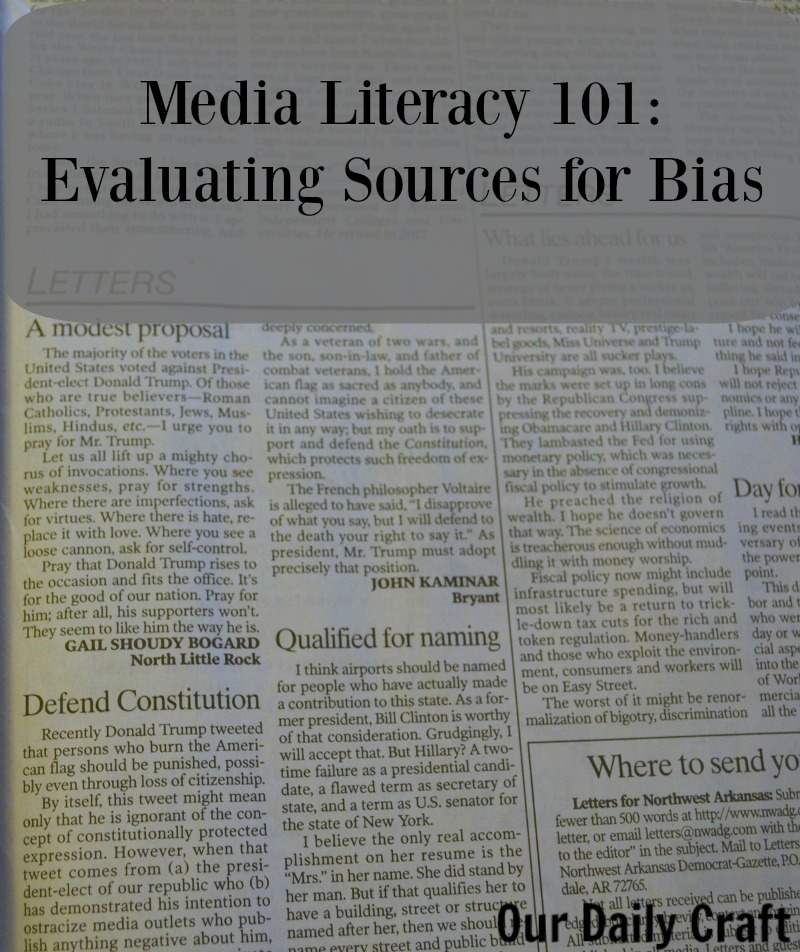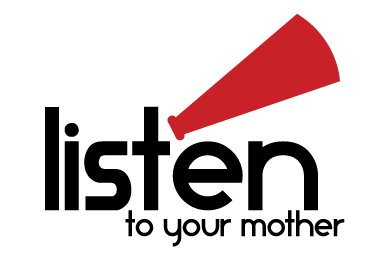Affiliate links may be included for your convenience. View our privacy and affiliates policy for details.
There’s a lot that goes into evaluating sources for bias — both the source of a news story and the sources quoted or cited in that story — but I’m going to cover what I can here in this media literacy 101 overview.
What is Bias?
Bias means that the news source — whether the publication itself or the people or organizations used as sources in a particular story — has a particular agenda it is trying to push forward. So you might say that FOX News is biased toward the conservative agenda, while MSNBC has a more liberal bias.
The National Rifle Association has a particular bias that should raise flags when its officials are quoted in stories about gun control, for example, while the Center for American Progress has a liberal agenda. 
What’s Wrong with Bias?
A lack of bias is a hallmark of good reporting. When you’re in journalism school you are advised to try to cover as many sides of the story as you can, to look for opposing viewpoints and give them equal play in stories.
But that’s admittedly not always possible or something that’s advisable to do. Take covering something like the anniversary of the Sandy Hook shooting; you wouldn’t want to give equal time to the deniers who say the shooting never happened or was a setup to bring about a gun-control agenda.
And it’s fine to have a bias in the way MSNBC and FOX News do, in a sense, because it’s acknowledged and I think everyone who watches or works for these networks is aware of it.
It’s when news organizations state that they are unbiased and have no agenda but the truth and show bias anyway that we get into trouble.
Biased News vs. Fake News
It’s also worthwhile to note that a bias doesn’t always lead to fake news, though there are certainly websites that may take a kernel of truth and spin it so wildly that it becomes fake news.
Often bias is a little harder to pin down, and it can take doing more homework than just looking at the URL and noticing that it’s for abcnews.com.co (a classic trick of fake news sites is to use a URL similar to a real site, but with .co at the end).
Evaluating Sources for Bias
First, consider the source in the sense of the publication, channel or site you’ve gotten the information from:
- Is it a site you’ve heard of, know and trust?
- If not, does it use the .co trick, does the name end in lo or appear on list of fake news sites like this one from Daily Dot?
- Does the site have an About or Contact page? Ones that don’t are more likely to be fake or biased.
- Check Snopes and search for the site’s name. If their stories have been debunked in the past, that should be a big warning.
If the site you’re reading passes this level of investigation, it’s time to look at the stories themselves.
- How many sources are cited and who are they?
- Do sources only come from inside the government? That might be OK, depending on the story, but it’s worth noting if that’s the case.
- Are anonymous sources used? Think about what information such sources provided and whether the story could have been told without them.
- When advocacy groups, think tanks and other organizations are used as sources, search for them online. Do they have a particular agenda they’re pushing?
- Are multiple sides of the issue covered? If not, does the story indicate whether and how attempts were made to reach out to other sources?
- Check the point of view: are politicians quoted in a story instead of the people the policy they’re debating will effect? Does the story reflect a double standard put on some members of the community or a bias based on stereotypes of a community?
- Note the language and tone: I recently read a New York Times article that said something about conservatives’ persistent thirst for fake news. I laughed, but it’s not a fair, unbiased statement. It’s stereotypical to assume that all conservatives love fake news, and it’s a dig that implies conservatives are stupid.
More tips on evaluating sources for bias can be found in this Google Doc from communications professor Melissa Zimdars, the Savvy News Consumer’s Guide from Bill Moyers and these tips on detecting bias from Fair and Accurate Reporting.
What would you add? How have you seen bias in the media lately? Have you told them about it?


